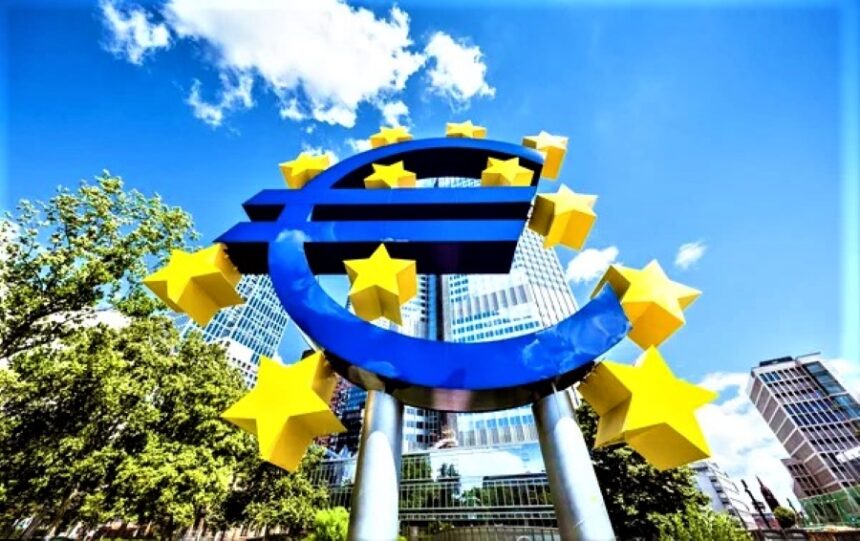European equities are neutral; the Fed meets, and Eurozone CPI raises concerns. Markets are anticipating the commencement of US Fed meeting.
European Share Markets Mixed and Cautious
European share markets were neutral on Tuesday. With speculators awaited the onset of the critical 2-day US Fed policy gathering. Along with the publication of additional European inflation statistics.
At 03:50 ET. the DAX was 0.1 percent down, whereas the CAC 40 was 0.1 percent up. Whereas the FTSE 100 in the United Kingdom was 0.1 percent stronger.
US Stock Indices in European Session
| US 30 | 34,652.8 | +28.5 | +0.08% | |||
| US 500 | 4,458.2 | +4.7 | +0.10% | |||
| Dow Jones | 34,624.30 | +6.06 | +0.02% | |||
| S&P 500 | 4,453.53 | +3.21 | +0.07% | |||
| Nasdaq | 13,710.24 | +1.90 | +0.01% | |||
| S&P 500 VIX | 13.94 | -0.06 | ||||
Fed event raises concerns
Tuesday’s trading takes place in narrow ranges as markets wait for information from US. Where central bankers will begin considering their reaction to the US economic picture.
The Federal Reserve of the United States is largely anticipated to hold rates of interest stable at 5.25 percent to 5.50 percent. Once the meeting closes on Wednesday afternoon. Following hiking rates at 11 of the previous twelve meetings in an effort to reduce inflation.
However, investors are divided over if the Fed will stop raising rates for the time being. Or perhaps it will hike rates again this year, given inflation continues over the Fed’s 2 percent objective.

The dollar hovered just under its 6-month top on Tuesday. After investors eschewed large wagers prior to monetary policy decisions by the Fed, BoE, and BoJ in a few days.
The final European CPI figures for August is coming.
Over in the European Union, the Eurozone’s official August inflation numbers are coming within the afternoon. But are likely to show that CPI climbed 0.6 percent month on month, as well as 5.3 percent year on year.
It remains far over the ECB’s 2% medium-term nature inflation objective, prompting the bank’s decision to raise interest rates this past week. However, the core price inflation, comprised of volatile food and energy costs, is expected to decline to 5.3 percent from 5.5 percent year on year.
The European Central Bank hiked the bank deposit rates to a historic high of 4 percent the previous week. Nevertheless, alluded at a halt on its price-hiking campaign. While regulators examine the effects of the economies of the area on the multiple interest rate rises.
Crude oil increases due to sluggish shale output in the United States
The price of oil rose for the fourth successive period on Tuesday. Amid availability fears grew after the announcement of a dismal U.S. shale output projection.
The United States’ crude oil production from major shale-producing areas is on pace to decrease over the 3rd month. Which is in succession in October, to its lowest point before May 2023. According to the EIA’s every month drilling production data released on Monday.
Key Take Away
On Tuesday, a ten- US Treasury yields remained steady at 4.317 percent. Just shy from the sixteen-year peak of 4.366% reached in the middle of August.
Considering the Fed perhaps nearer to a pivot as soon as 1Q 2024 vs. the ECB of 2nd-half of 2024). A certain level of congruence in ECB-Fed monetary regulations remains possible. Which might sustain an upward momentum towards 2024.
The BoE announces policy on Thursday and is likely to raise interest rates by 25 bps to 5.5 percent. Reflecting a move that many analysts assume to be the cycle’s final rise.
The BoJ is anticipated to keep interest rates in the negative range on Friday. But it will also be watched for hints about the prospects following Ueda alluded at a shift out of ultra-easy policy.









